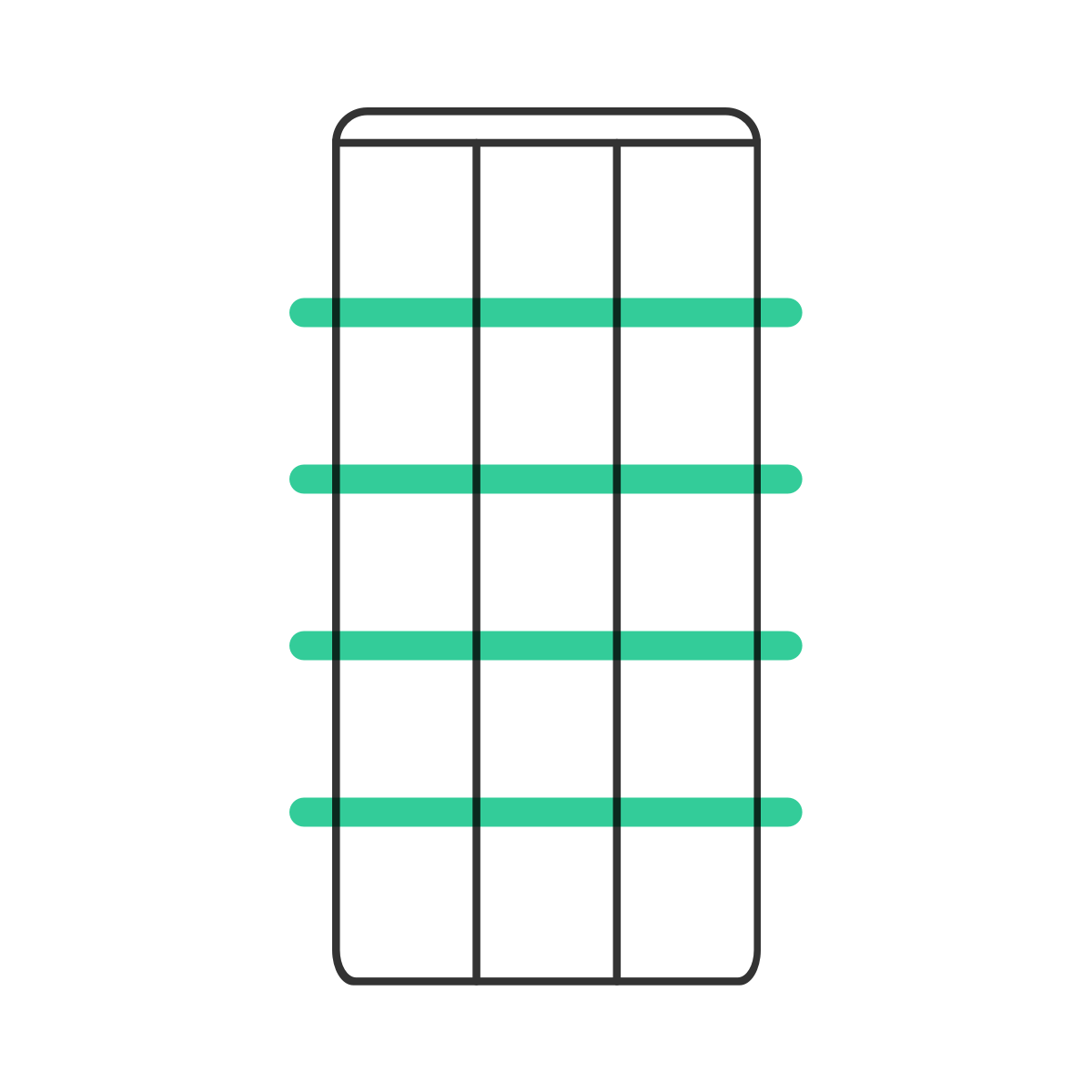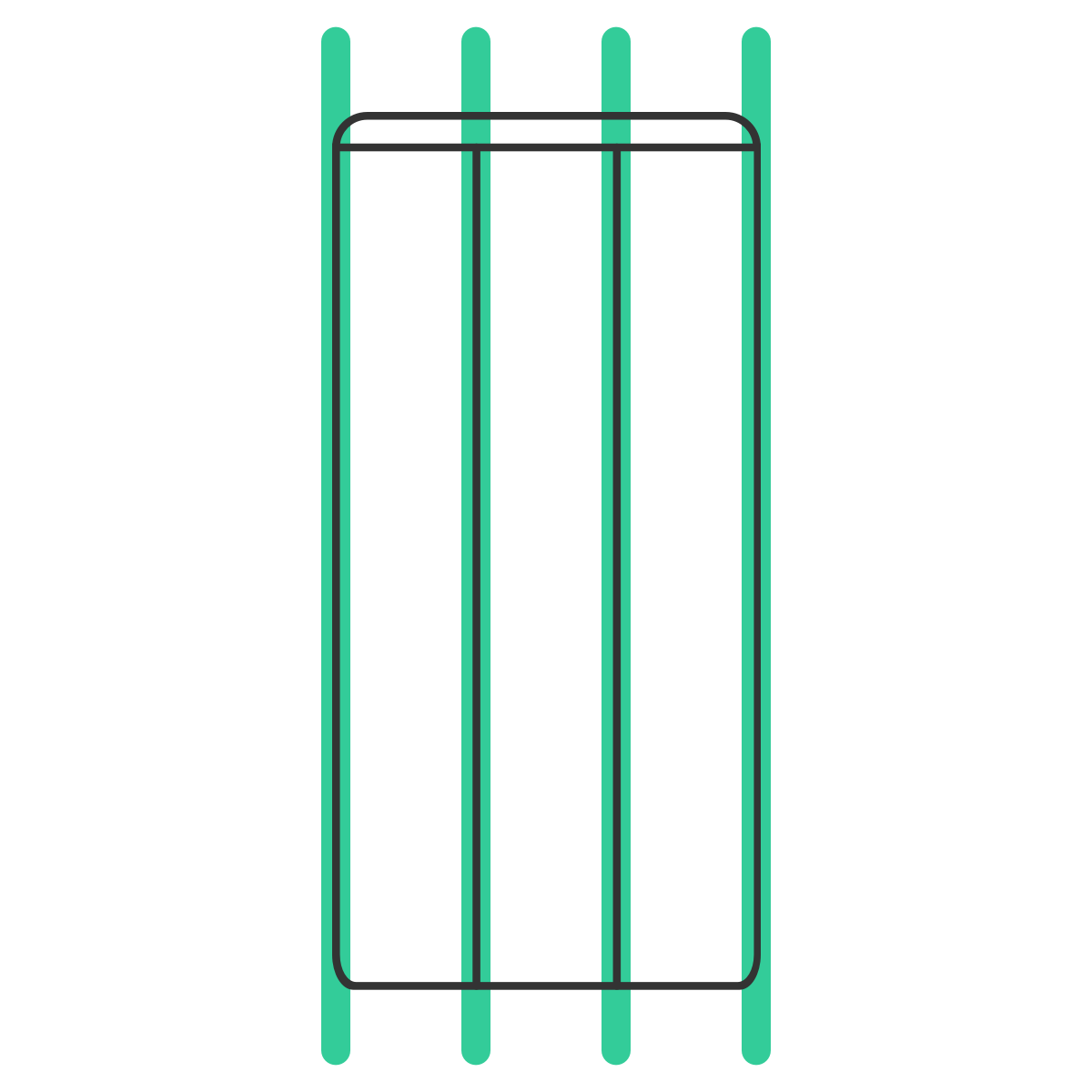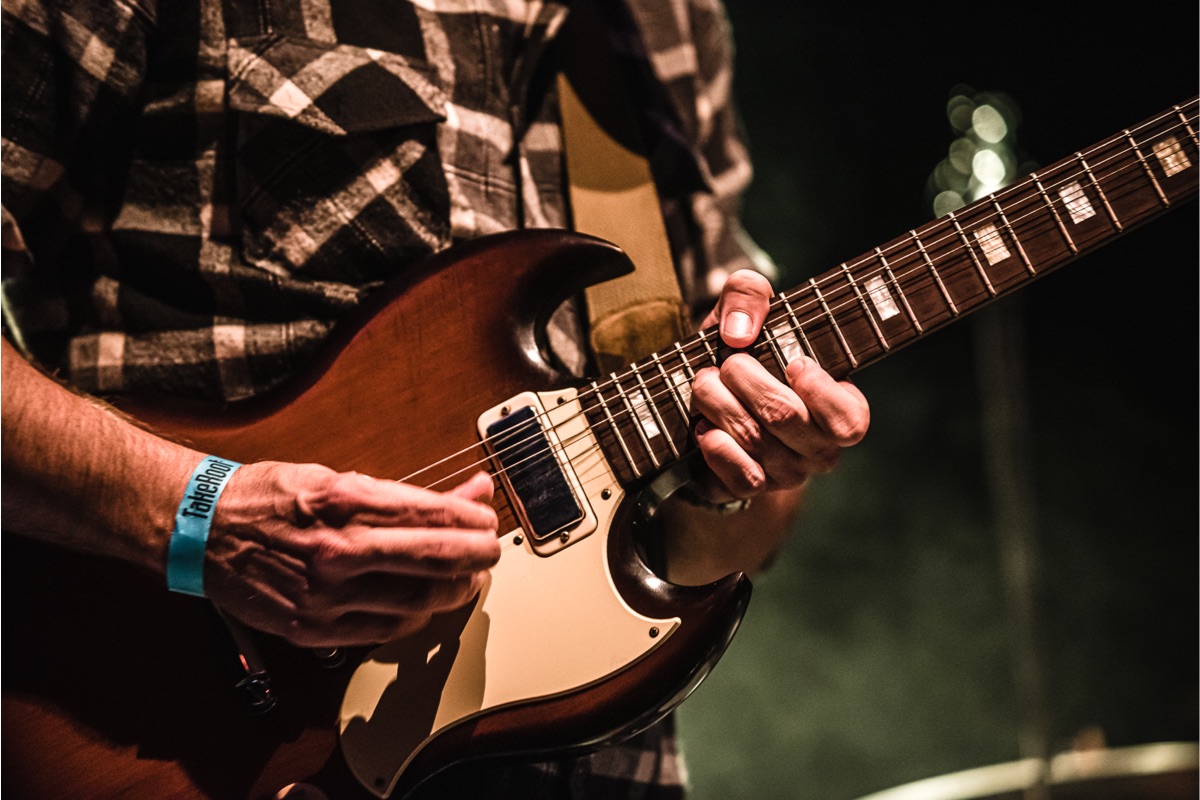The ukulele is a tiny guitar-like instrument from Hawaii. Chordify provides chords to any song and since we show you the ukulele chords as well, we’re going to teach you how you can read a ukulele chord diagram. This will save you time and get you well on your way to becoming a rockstar.
It doesn’t matter if you are a guitar player who wants to try out something new, or someone who has just found this tiny Hawaiian instrument op grandpa’s attic. If your goals and intentions are to improve your skills on the ukulele, you have come to right place.
Ukulele chord diagram
So what’s a ukulele chord diagram? Well, it’s kind of like a treasure map with coordinates. And the treasure, in this case, is the sound that you produce by strumming and simultaneously pressing down the strings of the ukulele.
For example, if you want to learn the song “Somewhere Over the Rainbow,” you’ll have to find the ukulele chords. That’s where Chordify comes in. If you search for this track on our platform, we’ll show you the chords you need. All you have to do is decipher the coordinates to understand what they mean.
The fretboard
Let’s start with the fretboard, shall we? Let’s say the fretboard is a treadmill for your fingers. This is the place where you create a chord by pressing down the strings. It works the same as a guitar or a bass guitar.
The start of our treadmill is right after the nut. So, this is the first fret. Moving on, we run past the second, third, fourth fret, and so on; until the treadmill ends where the ukulele body starts. When we’re running in this direction, we’re producing a higher pitch on our ukulele. If we reverse the treadmill and start at the body on the highest fret, we run down, so the pitch is also lowering.

Ukulele frets
The Strings
Now, here comes the fun part, because this is what makes the ukulele a piece of art. There are four strings on the instrument in total. The standard ukulele tuning is as follows: the first string is an A, the second string is an E, the third string is a C and the fourth is a G. Check out the picture below.

Ukulele strings
Reading ukulele chords
So, how about combining all that information into one picture: a chord diagram. As you can see below we have schematic view of the fretboard which shows us four things. First, we see what chord we are actually playing. Second, the chord diagram shows us the chord’s coordinates by addressing the first fret on the picture.
Third, on top of the diagram we see which strings should be strummed open and which should be muted or not played at all. The X means mute and the O stands for open string. And, last but not least, the colored dots on the strings let you know which finger you should use to press that string.

Hand with numbered fingers
Ukulele G chord
Okay, now you know how to read ukulele chords, right? Let’s test your skill. Grab your ukulele, give it a quick tuning, and prepare for some basic chord action. The first chord we’re going to discuss is the G chord. Try out the principals you have just learned. What are the coordinates of this chords?
Look closely… Yup, on the second and the third fret, because the 1 in the left corner shows us where we should position our hand. And which string or strings do you have to mute? This is tricky, but focus. Yeah that’s right, the answer is… none! The fourth string is played open and the rest are press down by your fingers.
But which fingers? That’s easy right? The numbers shown in the black circles stand for the fingers you have to use. So, in this case it’s your index finger, your ring finger, and your middle finger. Easy peasy lemon squeezy!
Ukulele C chord and D chord
Okidoki then, how about we try out two more chords, just for fun. The first is the C chord for ukulele. Let’s try a different approach here: which fingers do you have to use to play this chord? Think about it. Take a good look at the chord diagram. And yes, the right answer is… only your index finger. And how about the D chord?
So this means you know three chords by now. What? Oh you’re still waiting for the answer to the D chord question. Well, we think you know which fingers you have to use. The same as for the G chord. But where is it located? On the fourth fret, right? WRONG! Take another look at the diagram. Yup, the second fret it is indeed.



Play a song on ukulele
Where were we? Oh yeah, that’s right. You know three chords by now, and that’s pretty awesome by the way! Do you know what is even more awesome? The fact that you can now play a song. Yup, really. Check out the ukulele chords for Amanda Palmer’s “In My Mind.”
Try playing along and don’t get discouraged if things don’t work out right from the start. Everything requires practice. At least you’re able to read ukulele chord diagrams now. And that means you can learn any song you want, as long as you are ready to put some passion into it. Enjoy and happy jamming!


